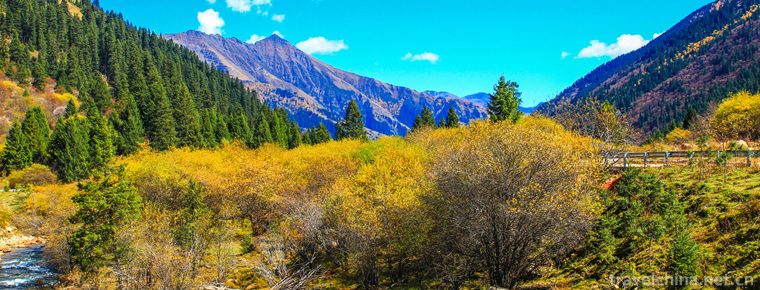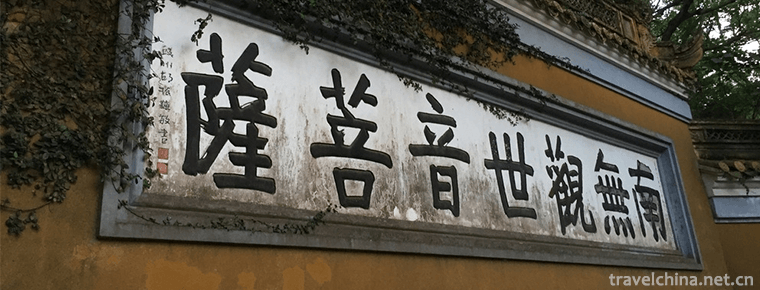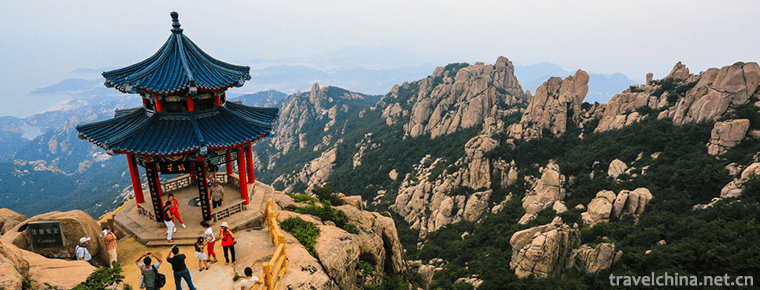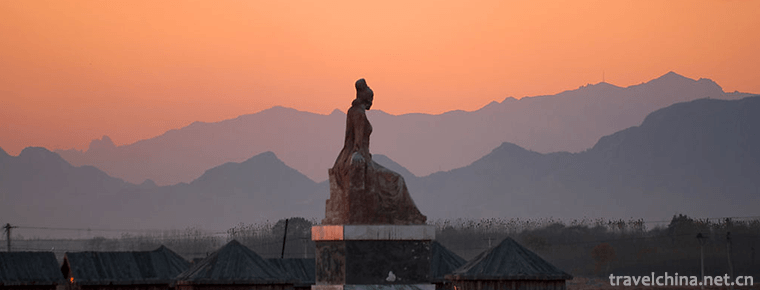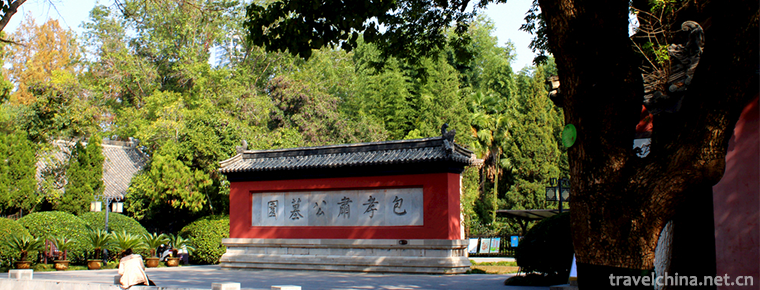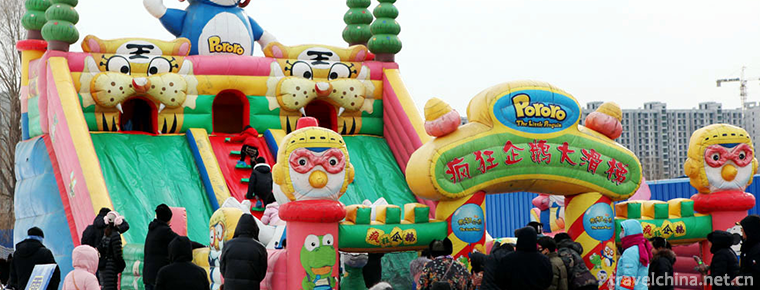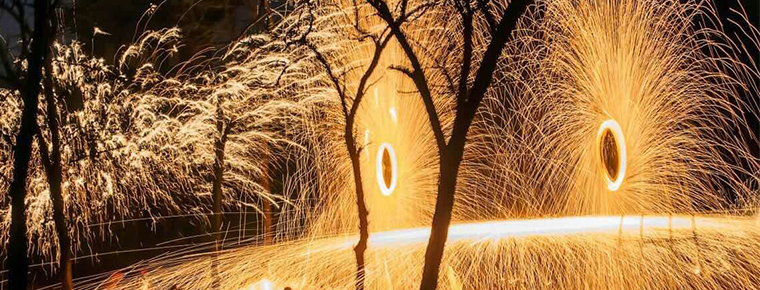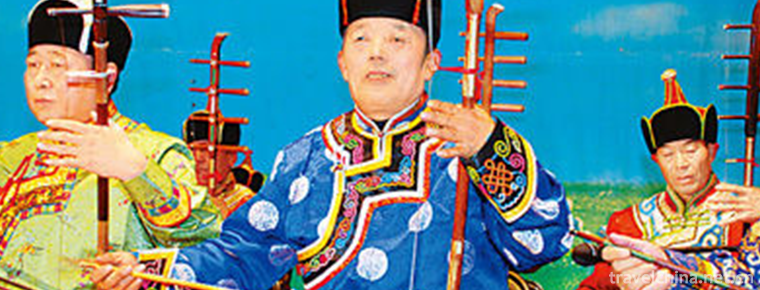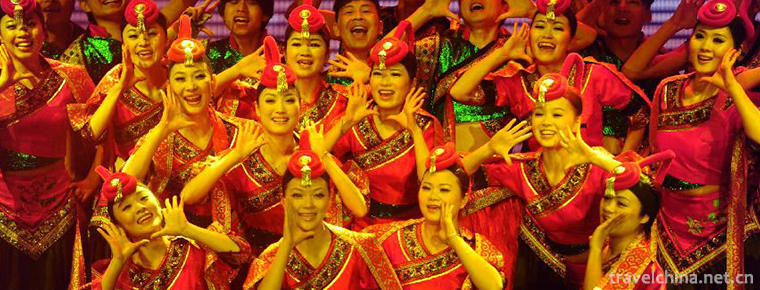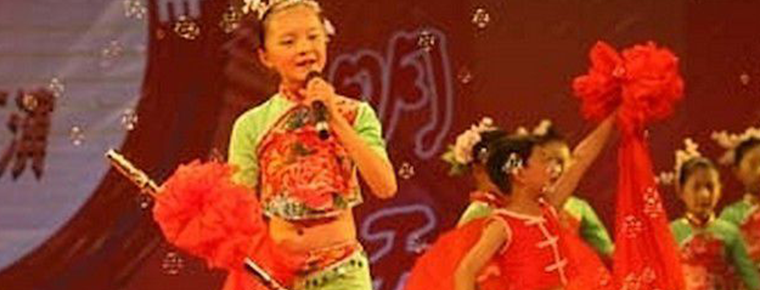Nanxi Mountain Scenic Area Guilin
Nanxi Mountain Scenic Area Guilin
Guilin Nanxi Mountain Scenic Area (that is, Guilin Nanxi Mountain Park) is located in the south of Guilin City, about 1 kilometer north of the railway station. The two peaks of Nanxi Mountain confront each other. They are steep and steep. They are like two white screens. They have been called "Nanxi Jade Screen" since ancient times. Nanxi River flows through the scenic area from the north of the mountain. The earliest exploiter of Nanxi Mountain was the Tang Dynasty treasure calendar year. Li Bo was made by Guizhou Prickling History and Imperial History and Guiguan Observation. He loved the green water forest of the mountain. Today, there are still stone carvings in the cave of his poem "Liubei Nanxi". There are many caves in the park, such as Bailong Cave, Liu Xianyan, Guanyin Rock, Sizhou Rock and so on. There is a Longji Pavilion between the two peaks, which is a good place for climbing and viewing the north and South scenery of the city. On the Nanxi River, Bailong Bridge was built on the site of the former General Bridge. Bailong Spring is one of the famous springs in Guilin. One of the eight ancient scenic spots in Guilin is "Nanxi New Dao", which is called "Nanxi Yatao" with unique scenery in Guilin.
geographical environment
Nanxi Mountain Park in Guilin - In 2010, it was rated as national 4A scenic spot and named Nanxi Mountain scenic spot in Guilin. From Zhongshan Avenue to Nanxi Mountain, not far from the South Railway Station. It is located on the east side of the General Bridge in southern Guilin District. The mountain is 140 meters high, 350 meters long and 180 meters wide. It towers towering peaks and rivers, with beautiful scenery, so it is called "Yuping of Nanxi".
"Towering Nanxi Mountains, in what year a fairyland was created. Longyan pregnant Yuquan, Biyang Qingxi shadow. Aromatic algae shine into the quiet pheasant mountain. The rainbow tries new tea, and tourists scramble for it." Zhu Shude, a famous painter and poet in Guilin in the Qing Dynasty, vividly depicted the magical artistic conception of Nanxi Mountain.
Main attractions
It can be seen that the natural landscape of Nanxi Mountain, ancient and modern people yearn for, many celebrities and scholars sigh at it. There are Bailong Cave, Longji Cave, Yuanyan Cave, Guanyin Rock, Sizhou Rock and Chuanyun Rock in the mountains. It is the first famous historic site and scenic spot in the south of the city with a total area of 20 hectares. The landmark of the Gate monument is listed as the key national scenic spot of Lijiang River in Guilin. The new Sankai archway built in the park in 1974 is facing the street with gray glazed eaves and antique fragrance.
。 The plaque "Nanxi Mountain" with three big characters glittering golden, dignified and chic, close to the south side of the gate, constructed with modern building materials, antique long row of Qionglou buildings, green tiles and white walls, simple and elegant, is in harmony with Nanxi landscape, and has become the most beautiful scenery to attract tourists. Initially, the sculpture was inscribed immediately by Wang Zhenggong of the Song Dynasty on the stone tablet "Guilin Landscape is the best under heaven". The Park covers an area of 18 hectares with green grass and flower ponds. Evergreen bamboo forests, vigorous autumn maple, pavilions of palms, luxuriant osmanthus, banyan, magnolia, etc., shade the sky. Clear and bottomless streams pass from west to east. Fangzhou has been built in the water, named Jinlian Island, pavilions and pavilions have been built, and bridges are accessible. The green and green streams in the south of the city are the origin of the beautiful name of Nanxi Mountain.
Nanxi Mountain is located at the head of the General Bridge in the south of the city, about one kilometer away from the railway station. It is named for the lingering Nanxi River. It has East and west two peaks, side by side, towering thousands of feet, the northern cliff, white rocks. New sunshine after rain, clouds and mists begin to open, sunshine shines on the rocks, will emit dazzling brilliance. In ancient times, "Nanxi Xinjie" was one of the eight sceneries in Guilin. There are many caves in Nanxi Mountain, and Bailong Cave in the north is the most famous. Its opening is tall and open, like a tall stone house, with white stone walls and pendulous stone milk, which is very similar to the tap, so it is called Bailong Cave. Inside the cave, there are such wonders as double lion stone, stalagmite to welcome spring and white dragon to spit pearls. Go right out of Bailong Cave, and then go to basalt, which is a colorful Gallery composed of stalactites. The hole is divided into two paths. One can go through the dolomite, the cave has a shorter tunnel, often with clouds and mist through the door, and there are many precious stone carvings in the mouth. Zuo Dao Ketong Guanyin Rock, named after a group of stalactites at the entrance of the cave, resembles the Guanyin Bodhisattva, has now become one of the local citizens'prayers in Guilin.
Nanxi Mountain is at the junction of Zhongshan South Road and Chongxin Road, east of Bayi Bridge. Elevation 291 meters, relative height 141 meters, length 350 meters, width 180 meters, mountain area 7.75 hectares. "Lingui County Chronicle" records: "Nanxi Mountain, Nanwuli County, towering thousands of feet, smoky green floating, its streams East into the Lijiang River." "In the south of the county, Yixi is named Nanxi Mountain because it is called Nanxi" and "Mountain is named after stream". Because there is Bailong Cave in the mountain, it is named Bailong Mountain. The Nanxi River lingers at the northern foot and flows into the Lijiang River. After the rain in Nanxi Mountains, the new sunshine, clouds and mists disperse, the sun shines brightly. In the seventeenth year of Guangxu in the Qing Dynasty (1891), Zhu Shude listed "Nanxi Xindi" as one of the eight successive sceneries in Guilin, and wrote poems praising it: "When does Nanxi Mountain rise steeply, it opens up a fairyland?" Longyan pregnant Yuquan, Biyang deep stream shadow. Aromatic algae shine into the quiet pheasant mountain. The rainbow tries new tea, and tourists scramble for it." Guilin's rocks are mostly blue and daisy. Only Nanxi's rocks stand side by side with East and West peaks. The rocks are white, overhead and steep. They are smoky and graceful, like two white screens, standing in the south of Guilin City. Nanxi Yuping is one of the 24 new sceneries in Guilin.
There are many caves in Nanxi Mountain. There are Liu Xianyan and Chuanyun in the south, Bailong Cave, Yuanyan Cave, Sizhou Cave and Longji Cave in the north. There is Bailong Spring near Nanxi in the north of the mountain. The depression between the two peaks is named Longji Depression, and the Longji Pavilion is built on it. Built in early 1958, redesigned in 1959, built a "middle" shaped antique pavilion, the main Pavilion for eight columns, single eaves, warping rectangular, two sides of the pavilion, each side of the peak, the total area of 83 square meters, generous and beautiful. The Pavilion is the only way to climb the mountain. The North Pavilion overlooks the city scenery and the streams. The South Pavilion can attract cockfighting peaks. The East Pavilion is the south of the Lijiang River. The West peak of the pavilion meets the Yunhan River. It is an indispensable place to visit the South stream. There are nearly 200 cliff carvings in Nanxi Mountain, which are mostly distributed in Bailong Cave, Yuanyan, Sizhou Rock, Liu Xianyan and Chuanyun Rock. Song Dynasty Zhao Kui's "Guilin Twenty-Four Cave Songs" vividly depicts the mountains and caves in Guilin. "Lingui County Chronicle" says that Nanxi Mountain is "appreciated by Tang, Li and Bo". When Li Bo was appointed to Guizhou as a spiner, he once developed Nanxi Mountain with deep feelings. When he returned to Luoyang at the end of his term, he wrote a poem entitled "Liubei Nanxi": "It is more difficult for me to come here today because I often sigh that spring spring can't go back. If you want to know how to be merciful after parting, hand-planted rock flowers will blossom in the first place. This poem is engraved in Bailong Cave and read by people.
Nanxi Mountain is located on the east side of Bayi Bridge, which is joined by Zhongshan South Road and Chongxin Road. It has an elevation of 291 meters, a relative height of 141 meters, a length of 350 meters, a width of 180 meters and a mountain area of 7.75 hectares. Nanxi clear flow, lingering in the North foot, into the Lijiang River. Nanxi Mountain, Elephant Trunk Mountain and Duxiufeng belong to pure and thick limestone. They were originally homologous with Douji Mountain and Luohan Mountain. They were dissolved by water millions of years ago and were separated into isolated peaks. Nanxi Mountain was developed early, and nearly 200 stone carvings were left on the cliff cave wall since Tang Dynasty. Li Bo's "Preface to Nanxi Mountain Poetry" recorded his experience of developing Nanxi Mountain more than 1000 years ago. Since the Tang Dynasty, all dynasties have been repaired. After being established as a park, it has been built abundantly, and now it has become a landscape scenic spot with distinctive features in Guilin.
Since 1996, more than 500 cherry blossoms of more than 50 varieties have been planted in the north of the mountain, making it the largest cherry garden in Guilin. Every year in early spring and February, cherry blossoms blossom, beautiful. Nanxi Mountain holds Cherry Blossom Festival every year, which has become a beautiful scenery in Guilin.












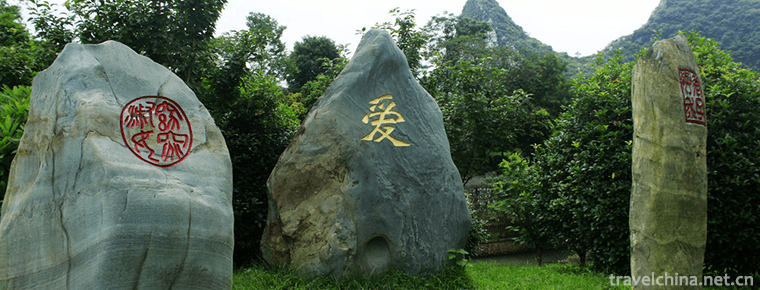
-
Aba Tibetan and Qiang Autonomous Prefecture
abbreviated as Aba Prefecture, is a national autonomous prefecture in Sichuan Province.
Views: 300 Time 2018-10-13 -
Huizhou cake
Huizhou cake, originally named "jujube mud crisp baked bread", is a traditional feature in Huizhou area, Anhui Province. .
Views: 223 Time 2018-11-27 -
Putuo Mountain Scenic Spot
Putuo Mountain Scenic Spot, located about 100 nautical miles east of Hangzhou Bay, Zhejiang Province, is an island in Zhoushan Islands. The island covers an area of 12.5 square kilometers.
Views: 157 Time 2018-12-07 -
Laoshan Scenic SpotQingdao Shandong Province
Laoshan Scenic Area of Qingdao, located in Qingdao City, Shandong Province, is one of the first national key scenic spots approved and announced by the State .
Views: 178 Time 2018-12-08 -
Legend of Meng Jiangnu
Meng Jiangnu's story, as one of the four love legends in ancient China (the other three are Niulang and Zhinu, Liang Shanbo and Zhu Yingtai, and The Legend of White Snake), has been widely circulated .
Views: 265 Time 2018-12-23 -
Package Park
Baoyuan, or Baoyuan for short, is located at 72 Wuhu Road, Hefei City, Anhui Province. It was built in 1063, the seventh year of Jiayou in the Northern Song Dynasty. It was built in memory of Baozheng.
Views: 410 Time 2018-12-26 -
Longxing Temple
Longxing Temple, alias Dafo Temple, is located in Dongmenli Street, Zhengding County, Shijiazhuang City, Hebei Province. It was originally Longteng Garden of Yanmu Rongxi after the Eastern Jin Dynasty.
Views: 159 Time 2019-02-06 -
Crab Island
Crab Island Green Eco-Resort is based on agriculture, characterized by villages, with environmental protection, green, organic and healthy as the solid connotation of tourism and vacation. .
Views: 126 Time 2019-02-25 -
Iron flower
Tiehua is a kind of fireworks which spread in the folk traditions of Henan and Jin Dynasties. It has a long history which can be traced back to the Spring and Autumn Period and the Warring States Peri.
Views: 216 Time 2019-04-23 -
Mongolian Sihu Music
Mongolian Sihu music is one of China's intangible cultural heritage. Mongolian Sihu is one of the most distinctive Mongolian musical instruments, stringed instruments..
Views: 172 Time 2019-06-04 -
She Nationality Folk Songs
She folk songs can be seen everywhere, expressed in the form of She language singing. Every Festival and festive day, singing soars. Even when working in the fields in the mountains and visiting relat.
Views: 336 Time 2019-06-14 -
Wuhe Folk Song
Wuhe folk song is a traditional form of folk song which is popular in Wuhe County and its surrounding areas in Anhui Province. There are three categories: labor chant, Yangge (Tiange) and minor. Among.
Views: 172 Time 2019-06-29
